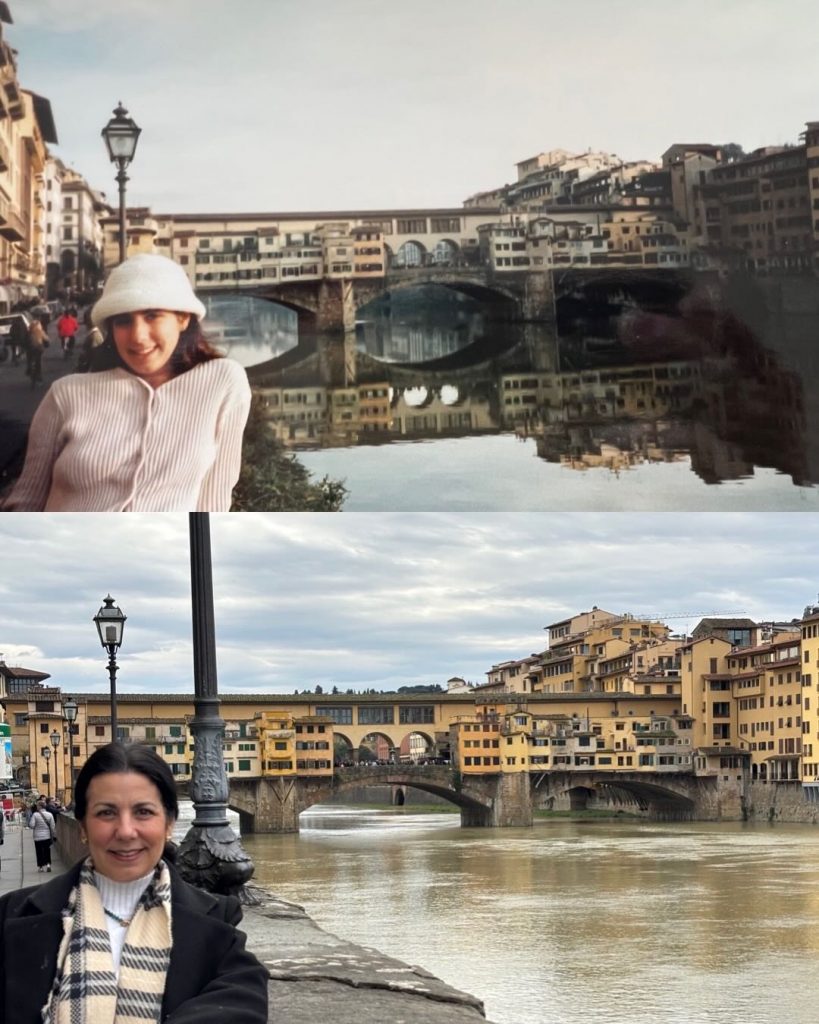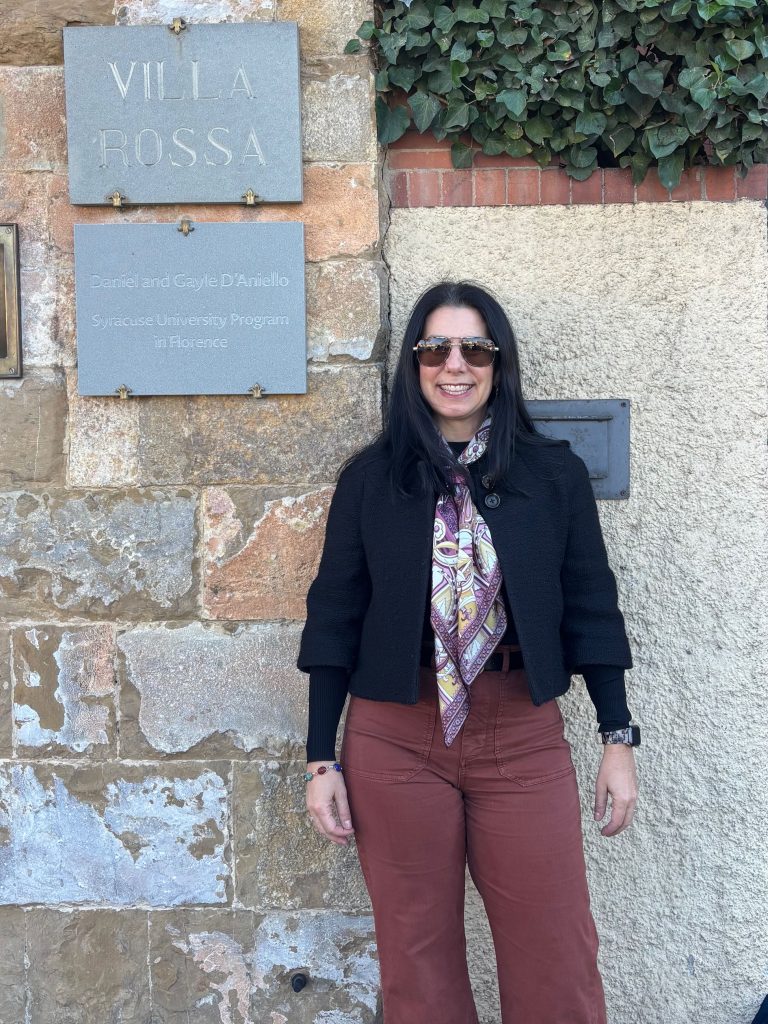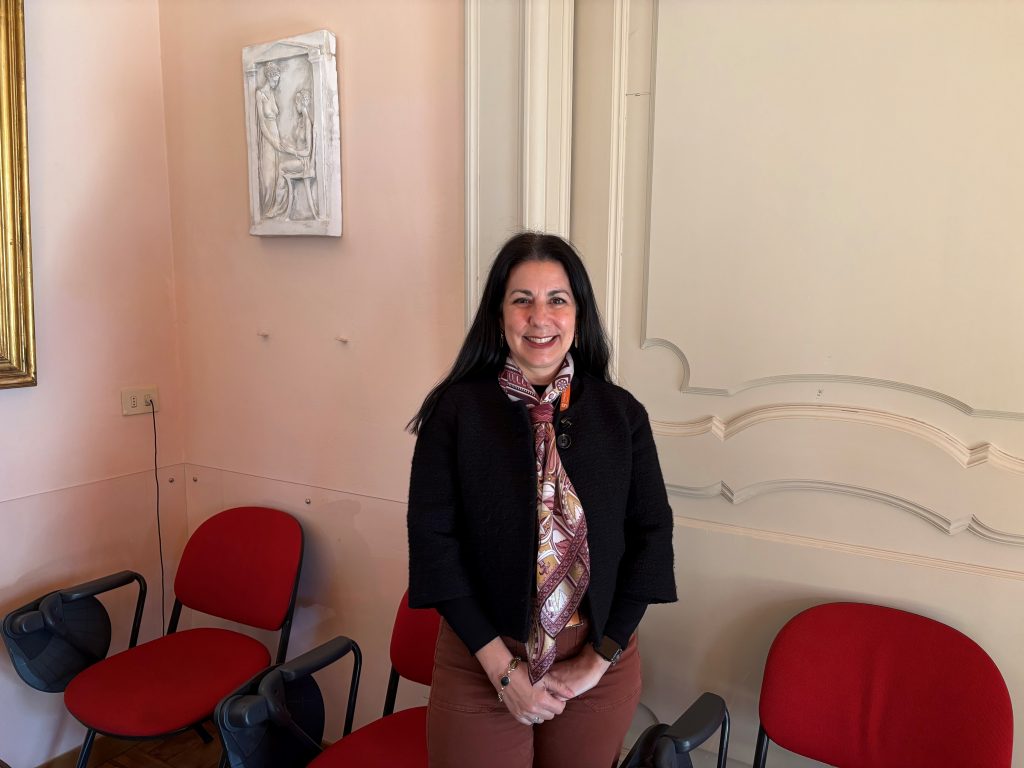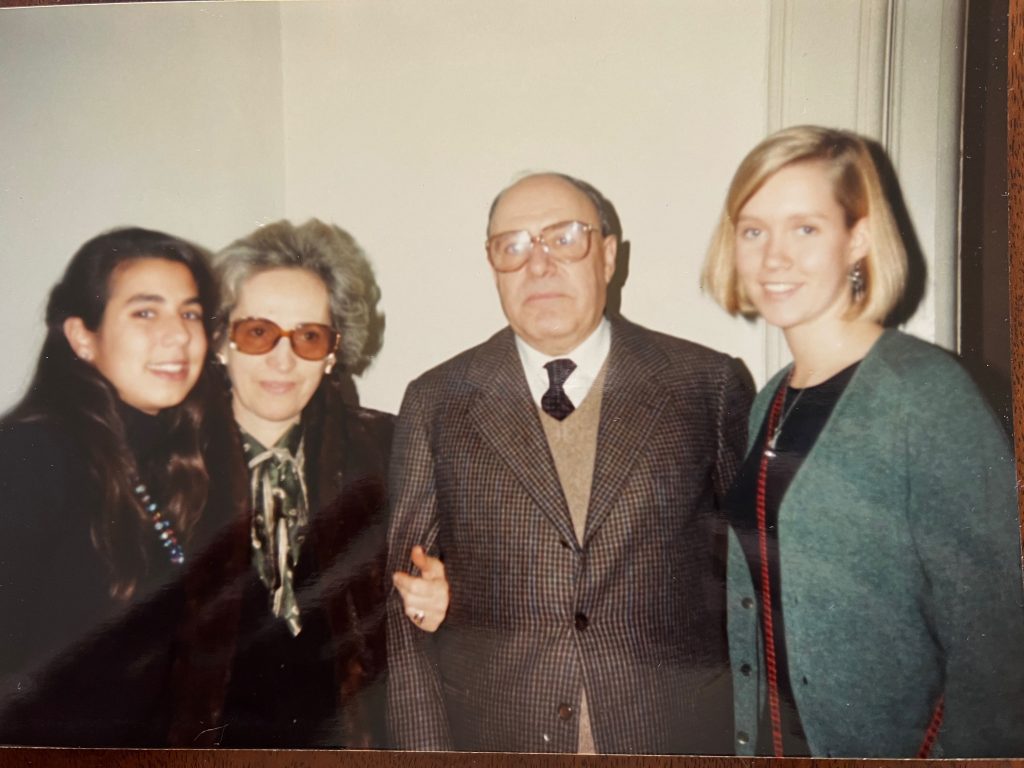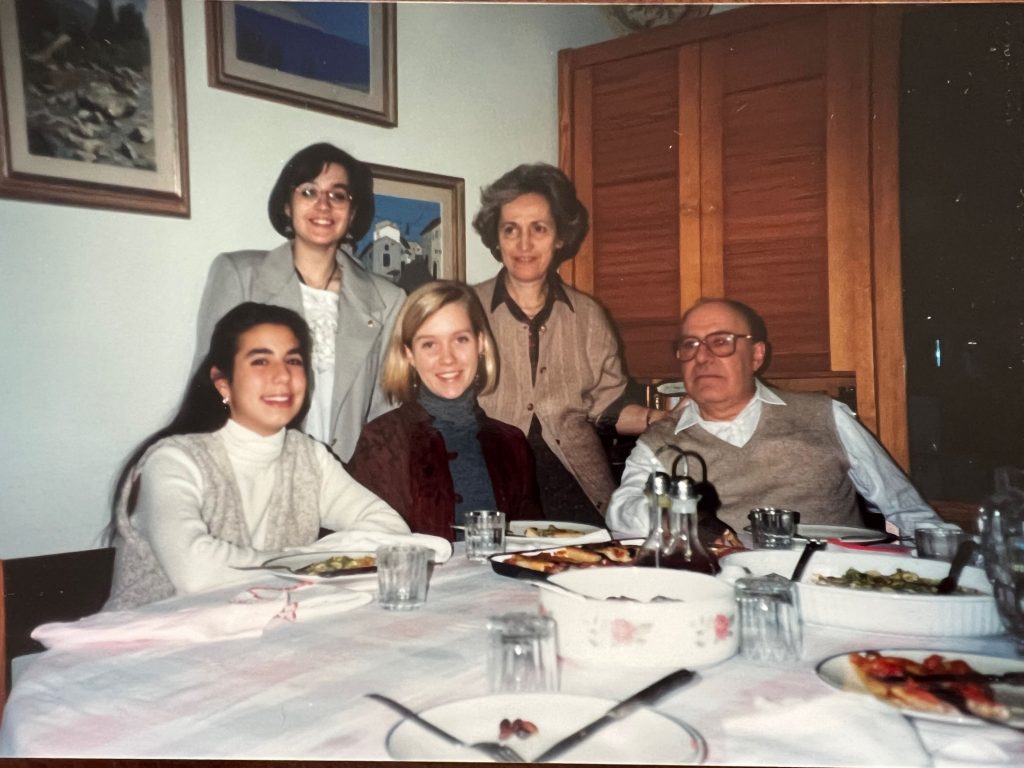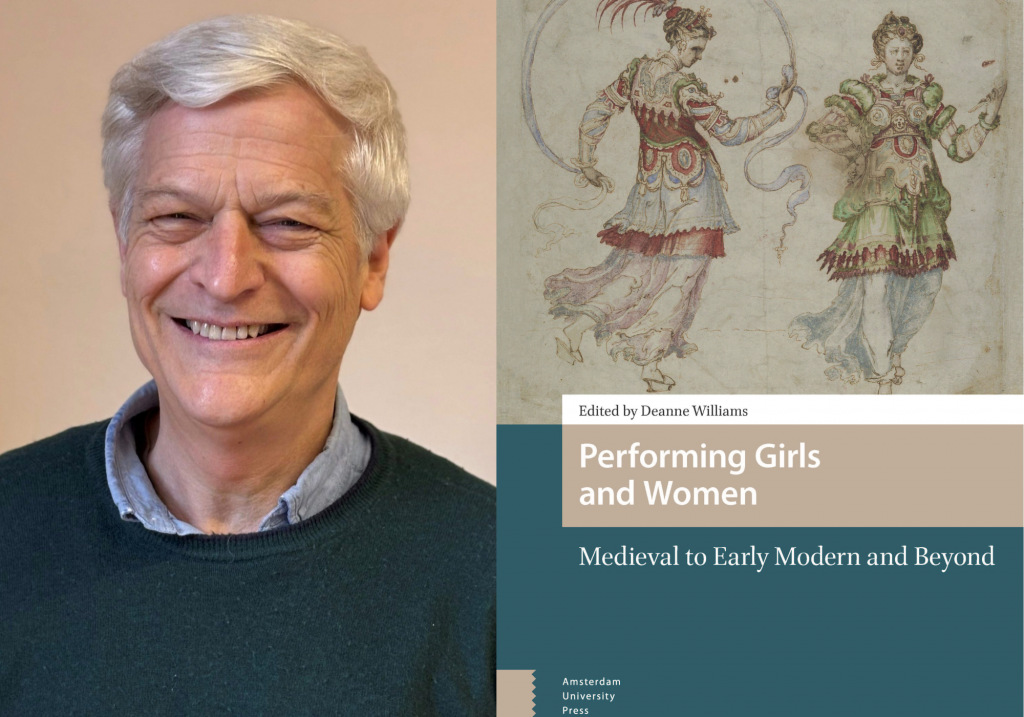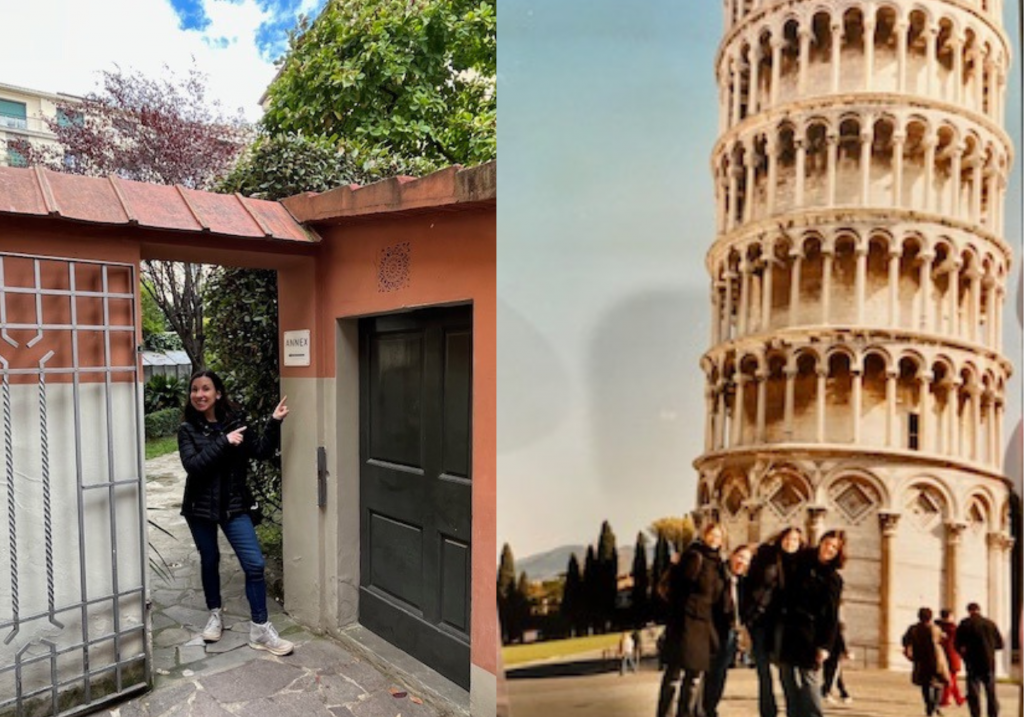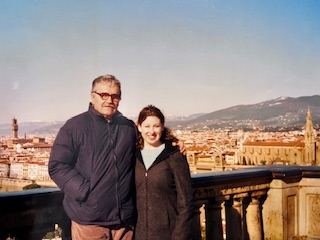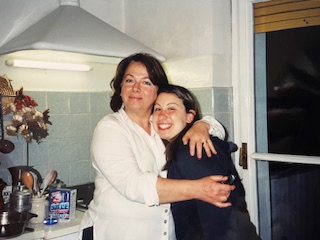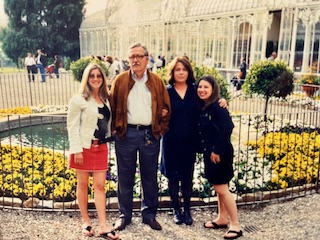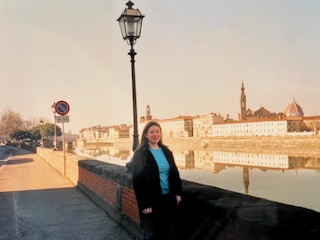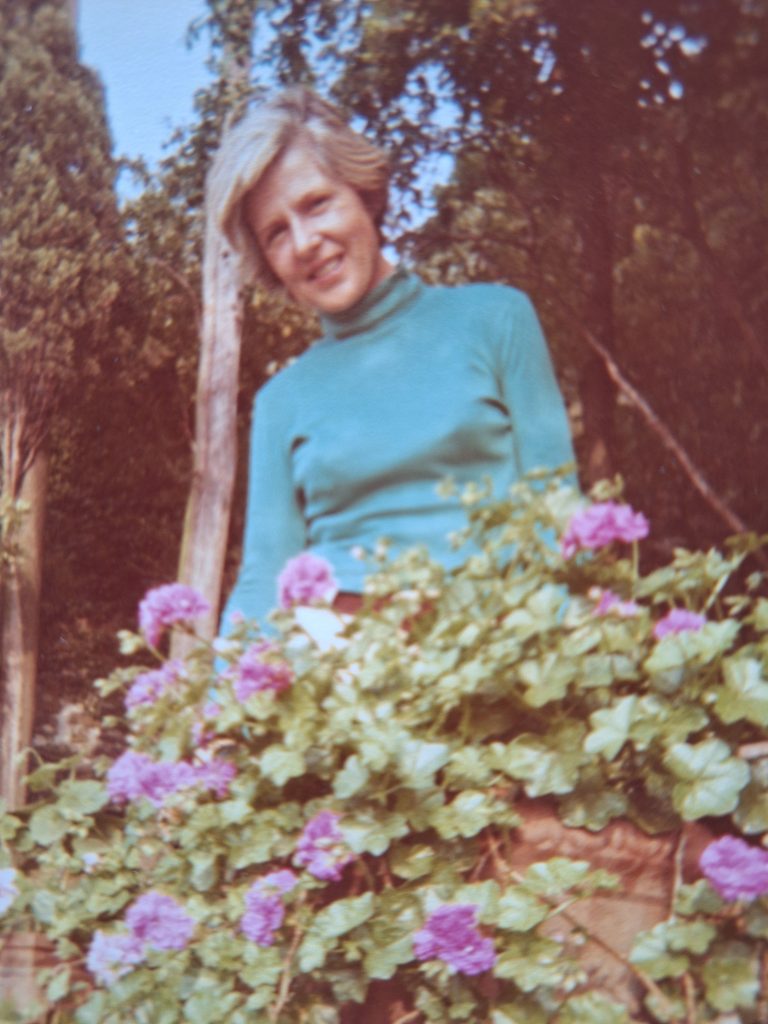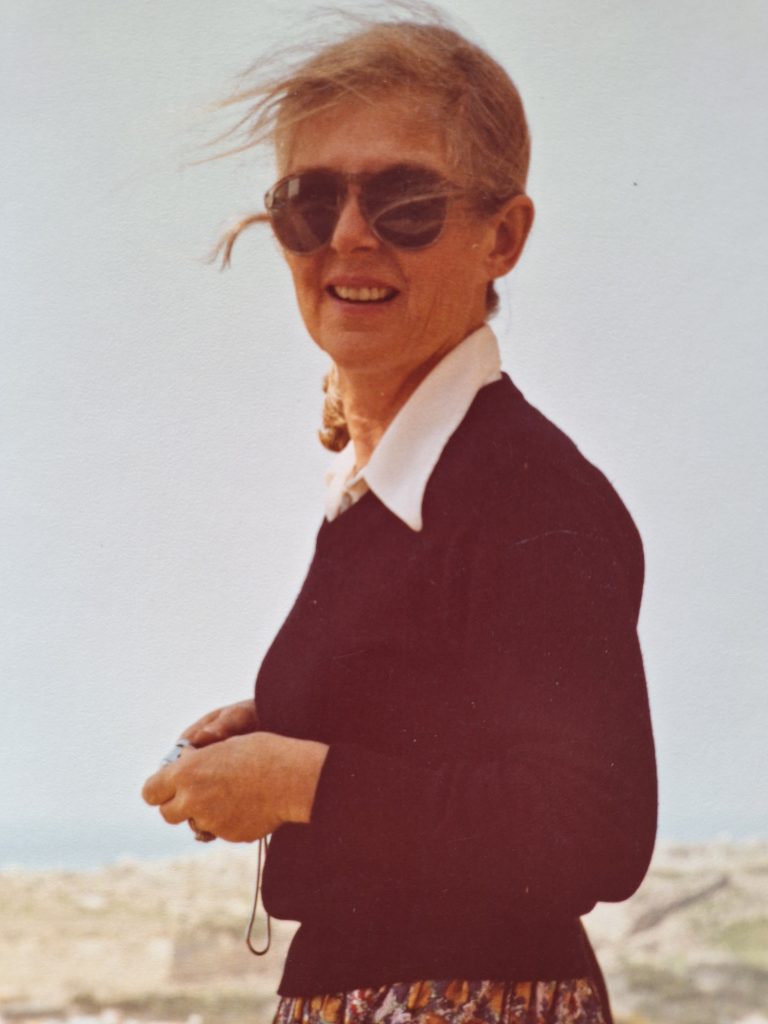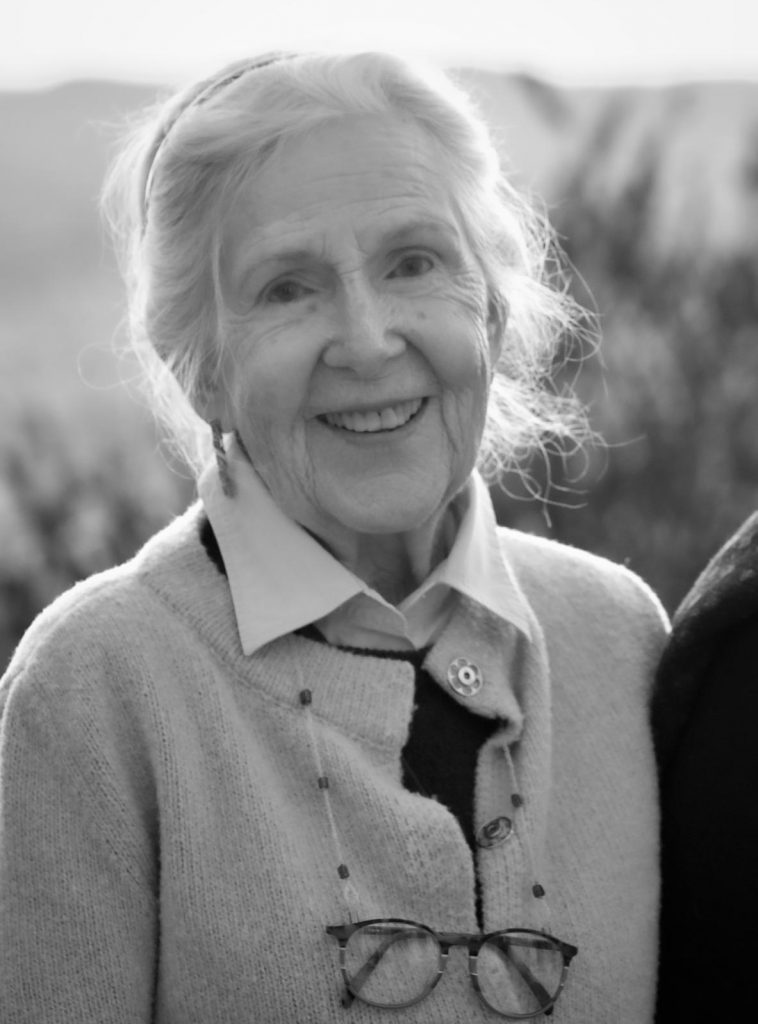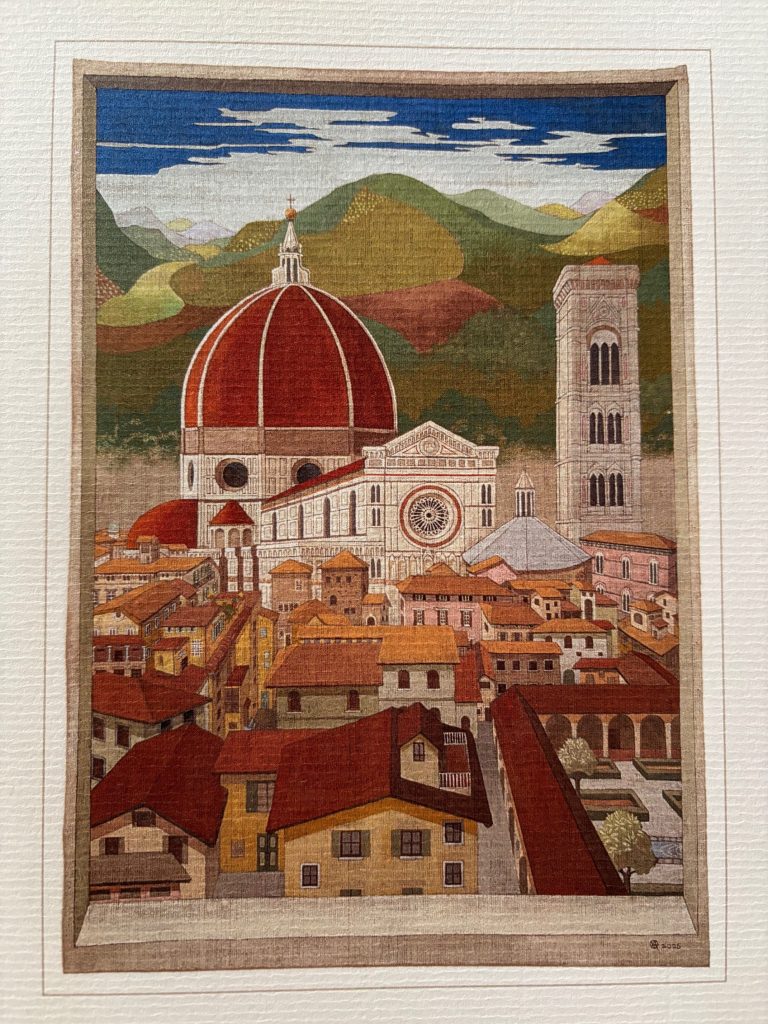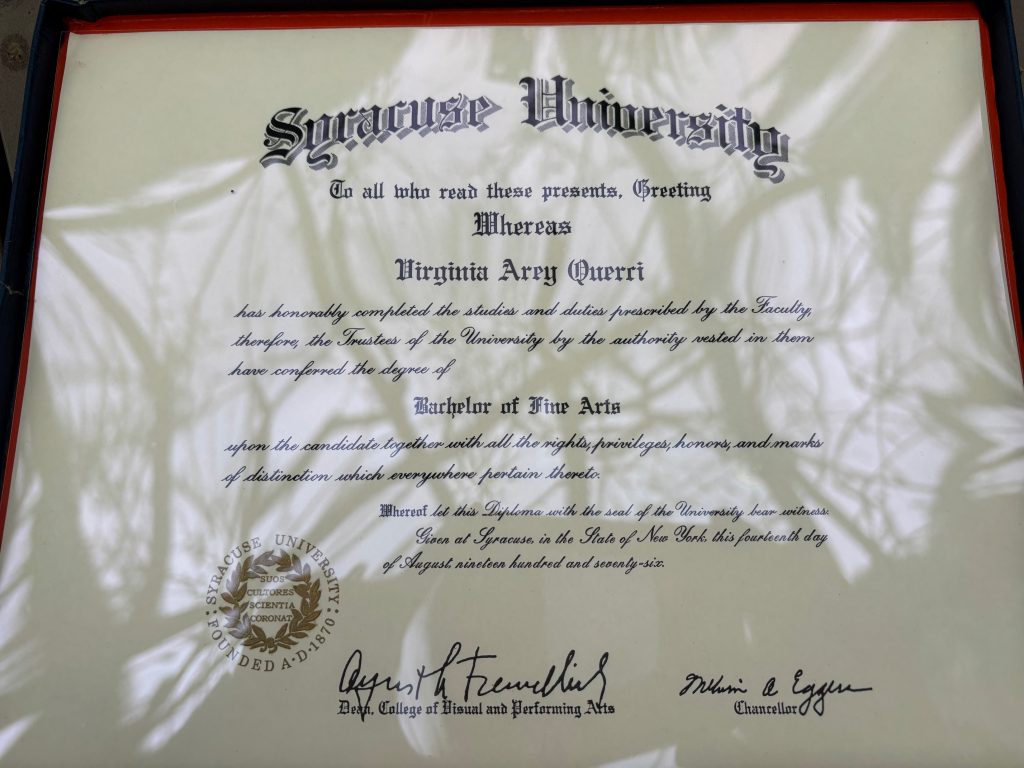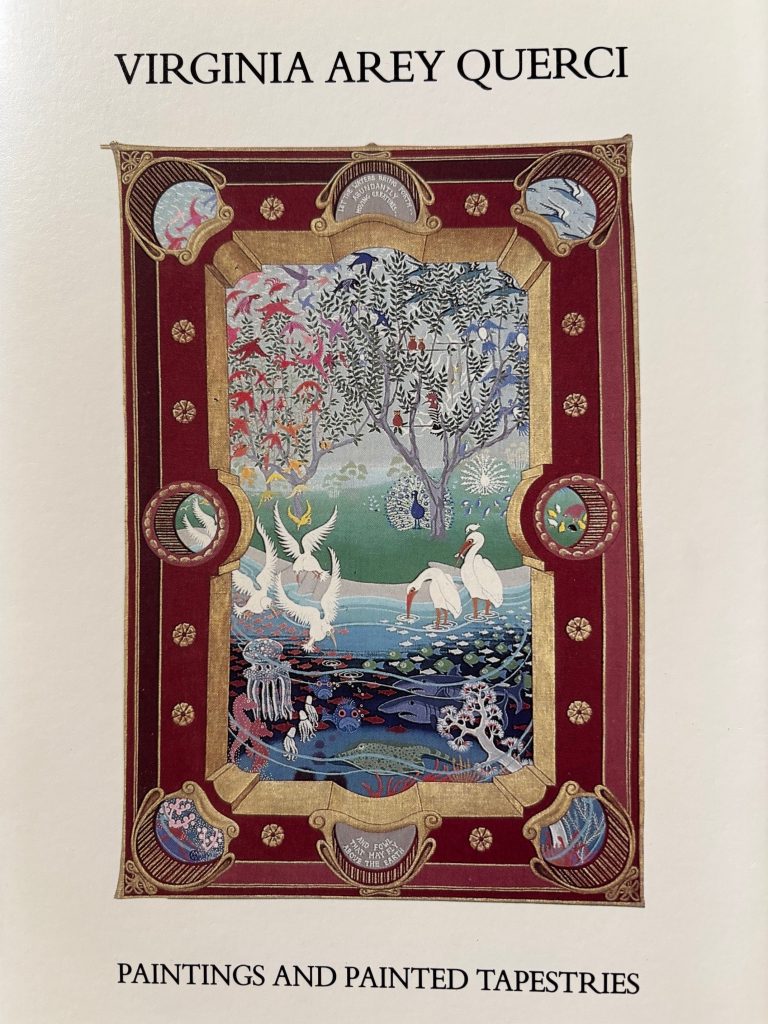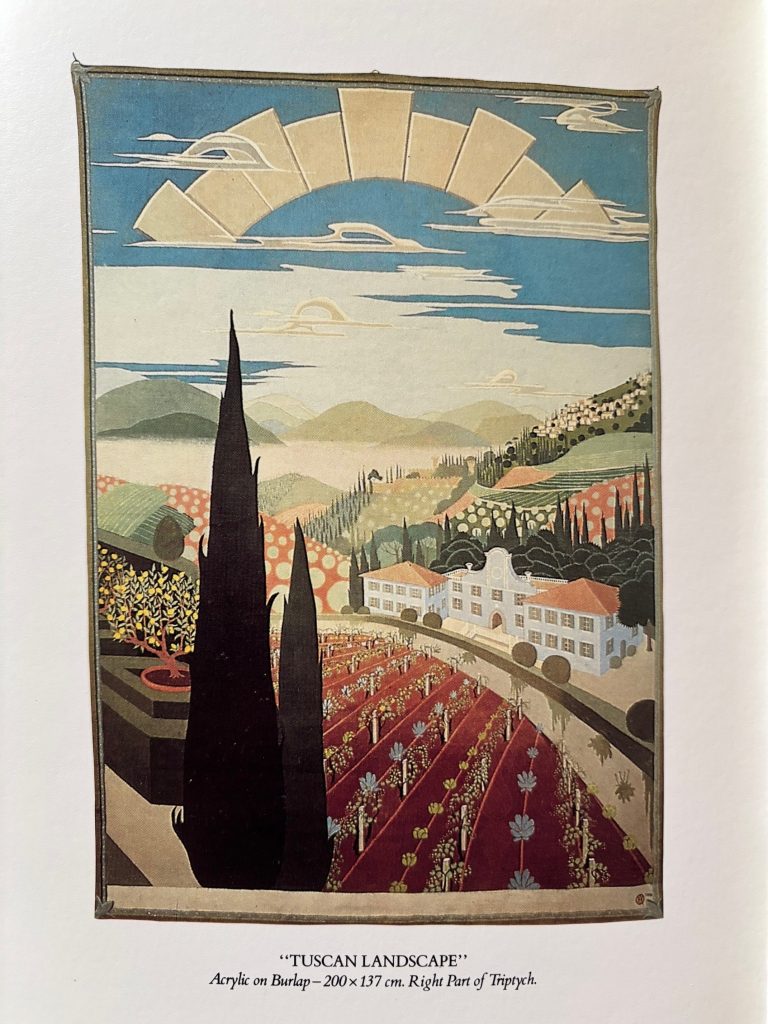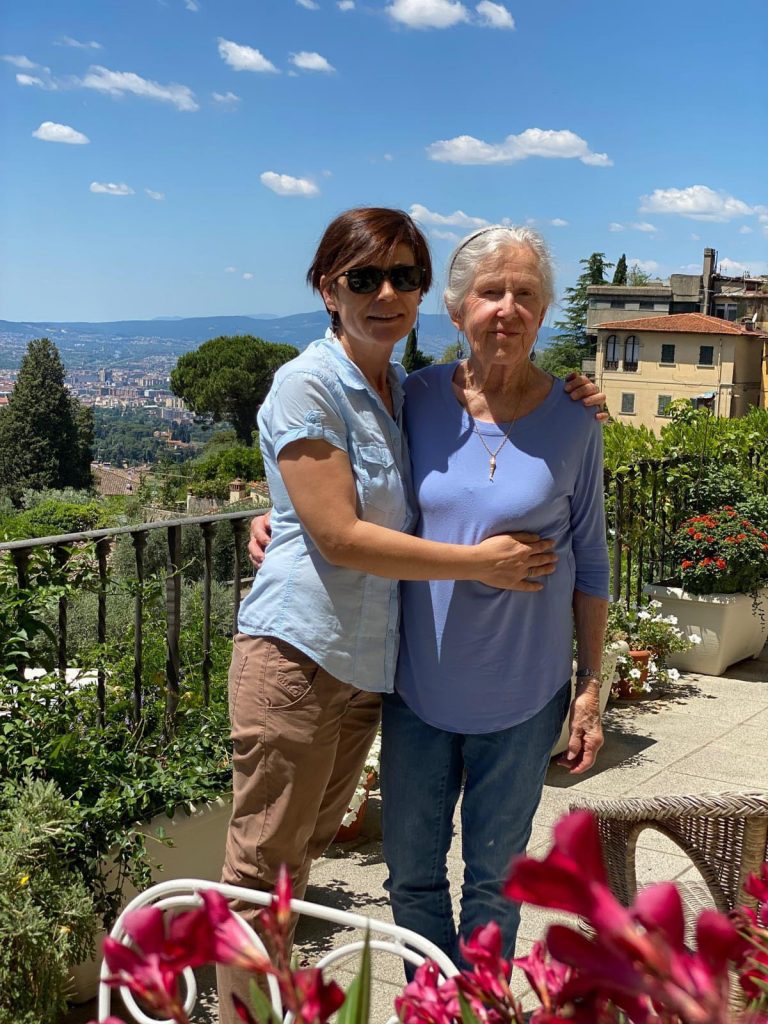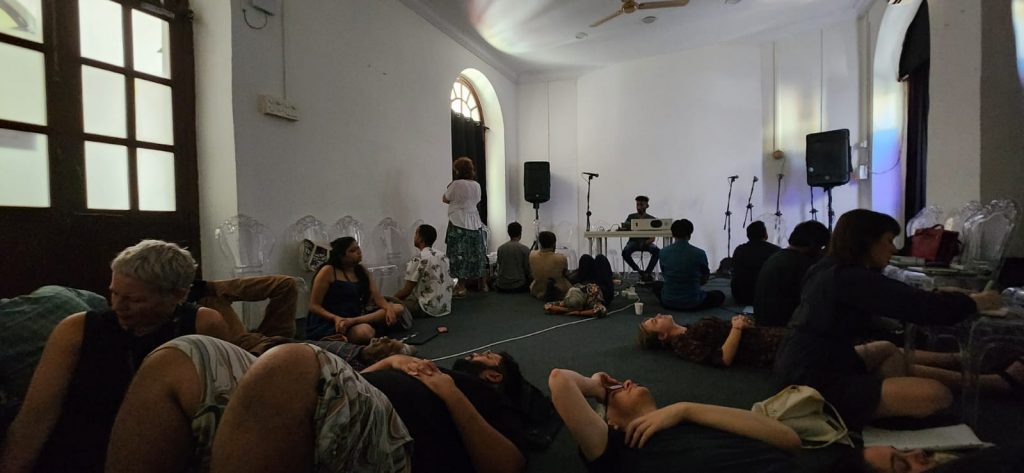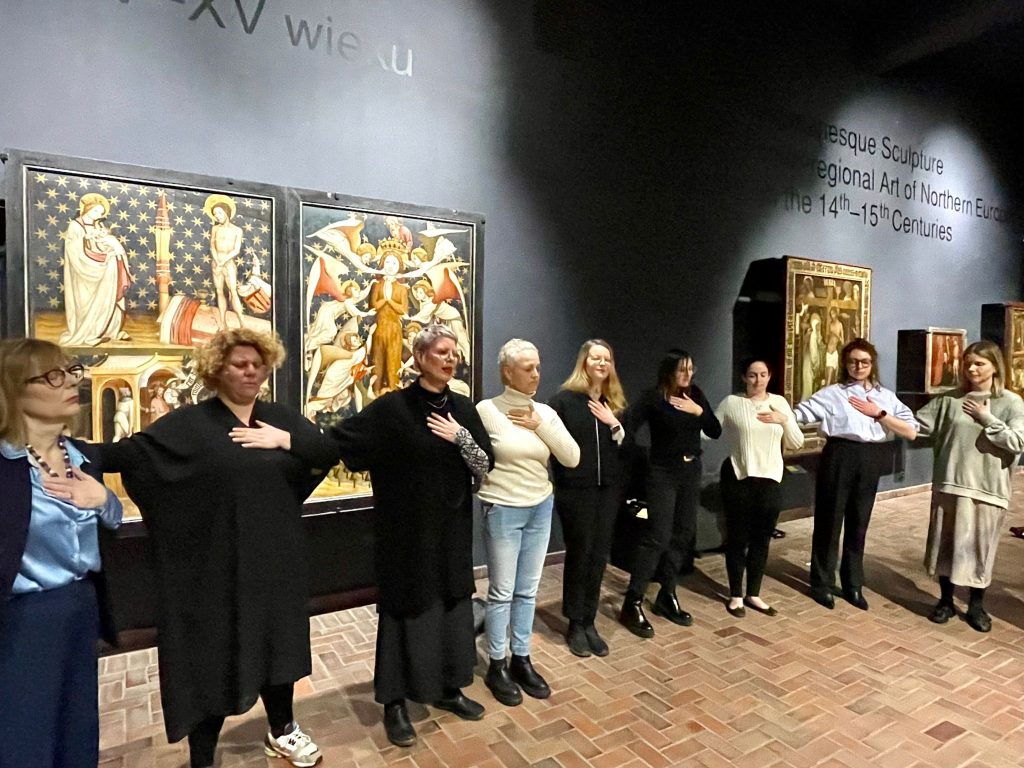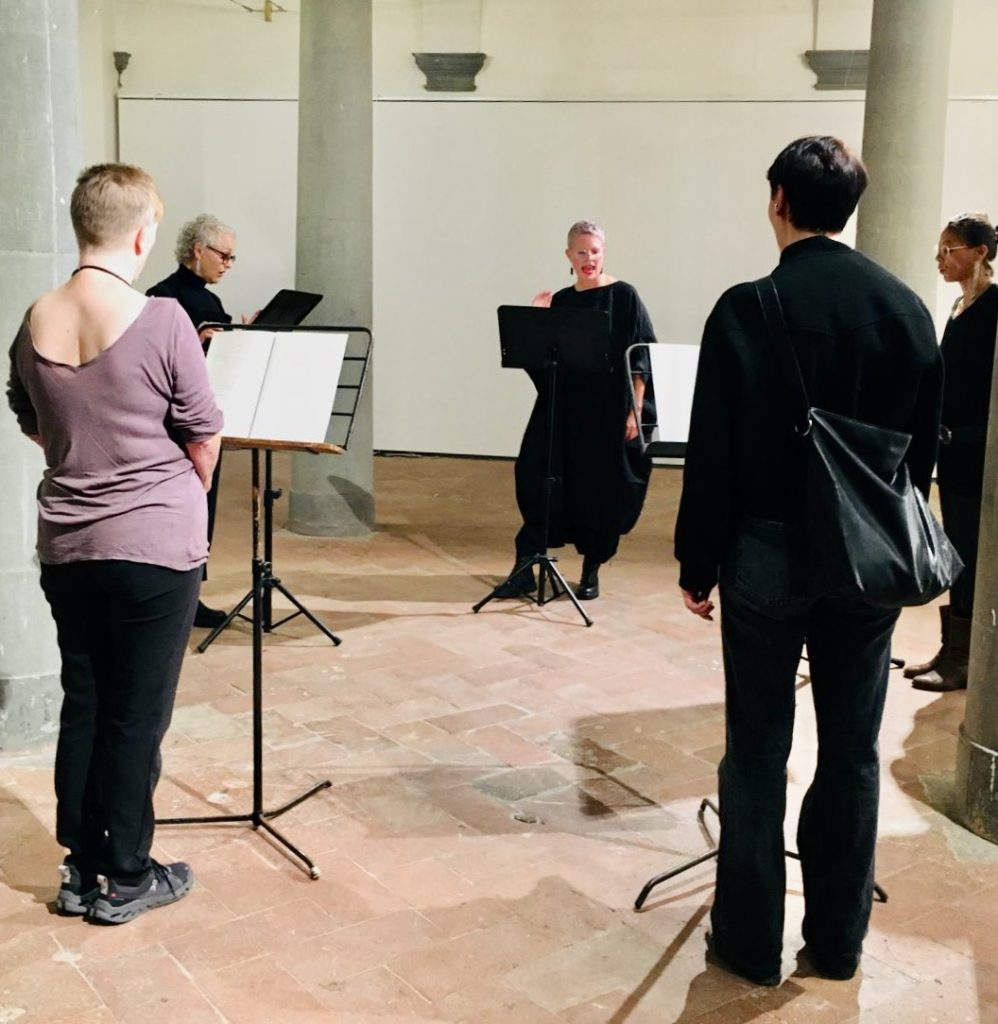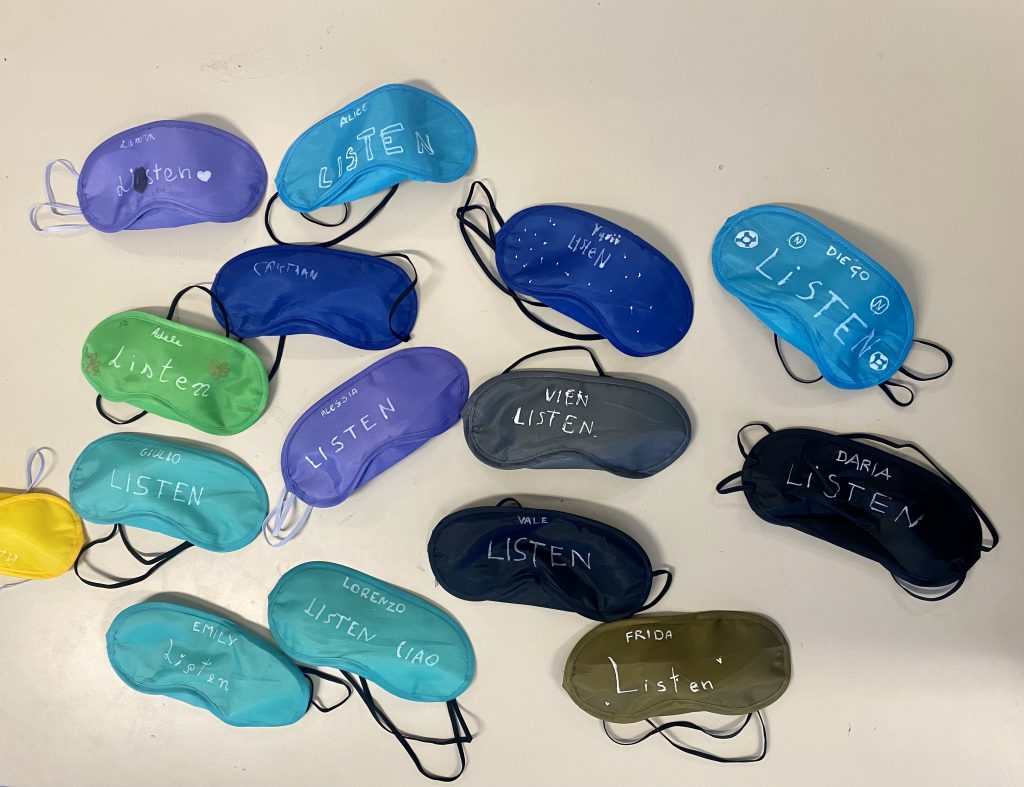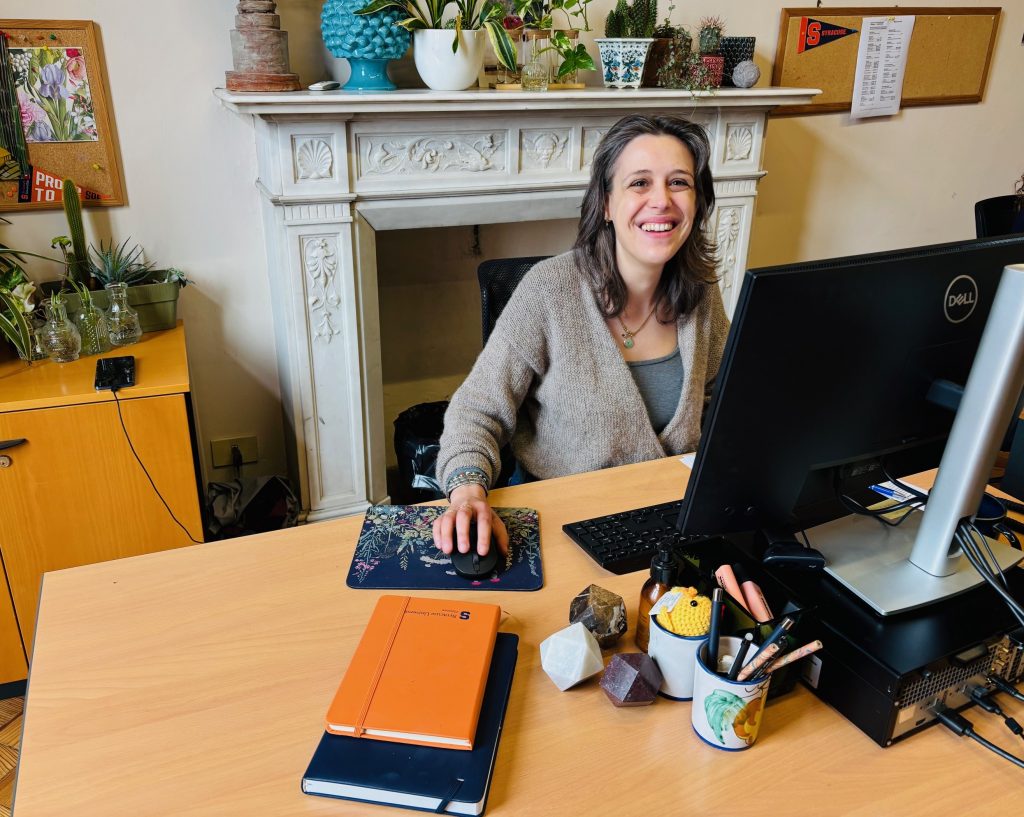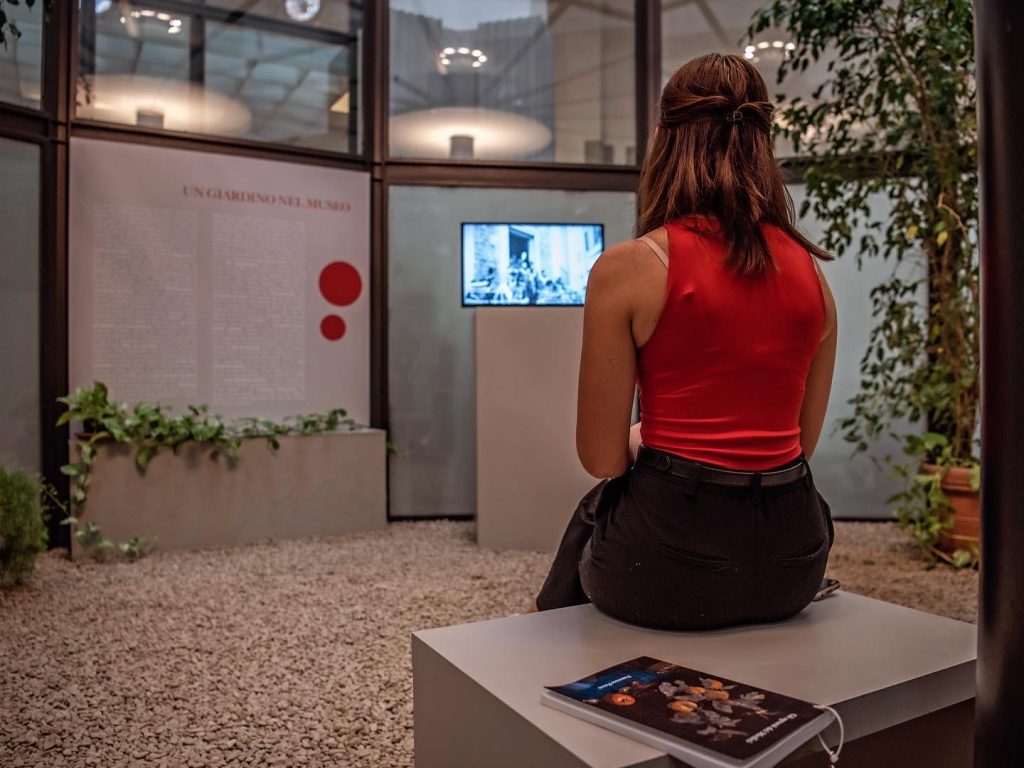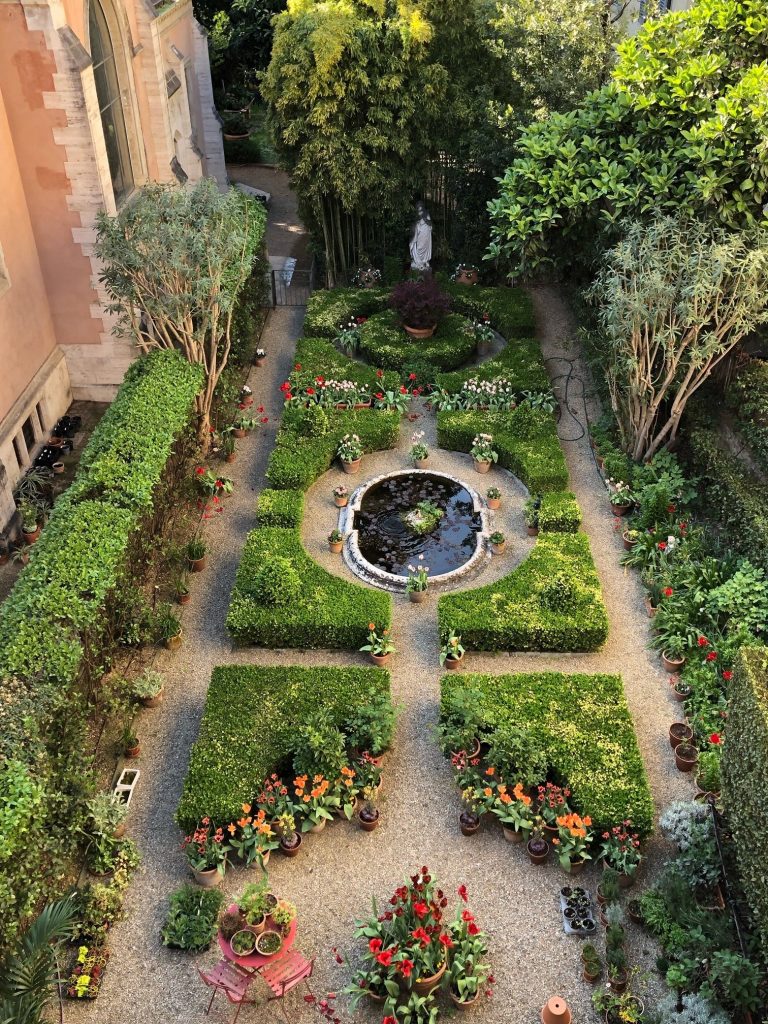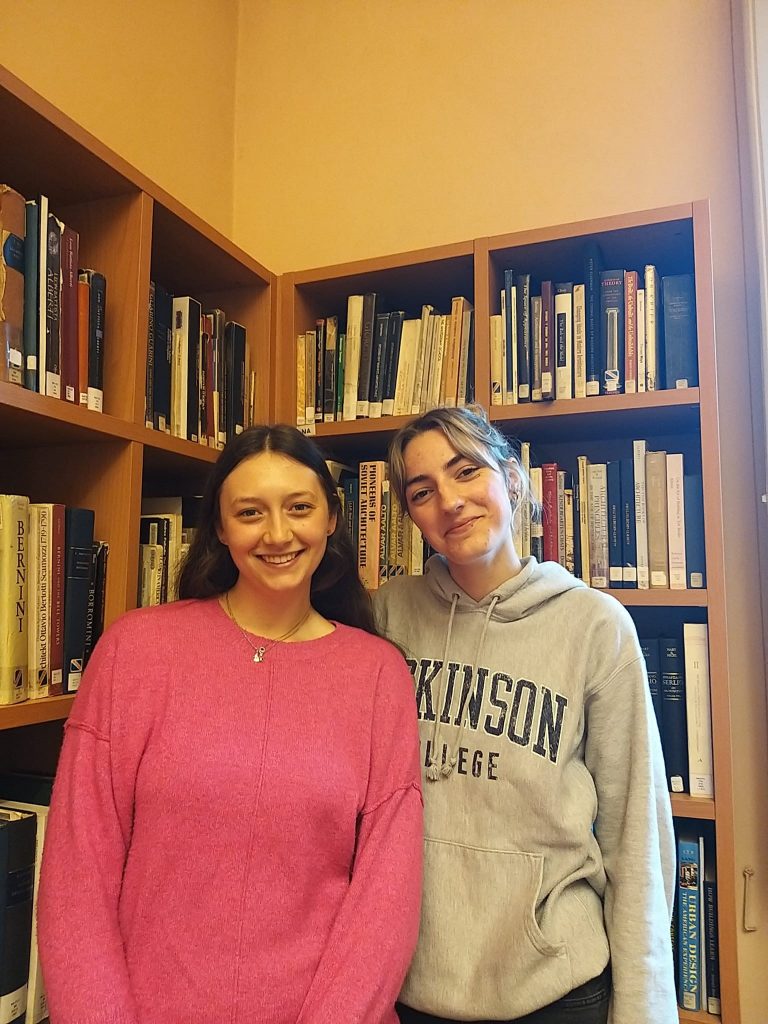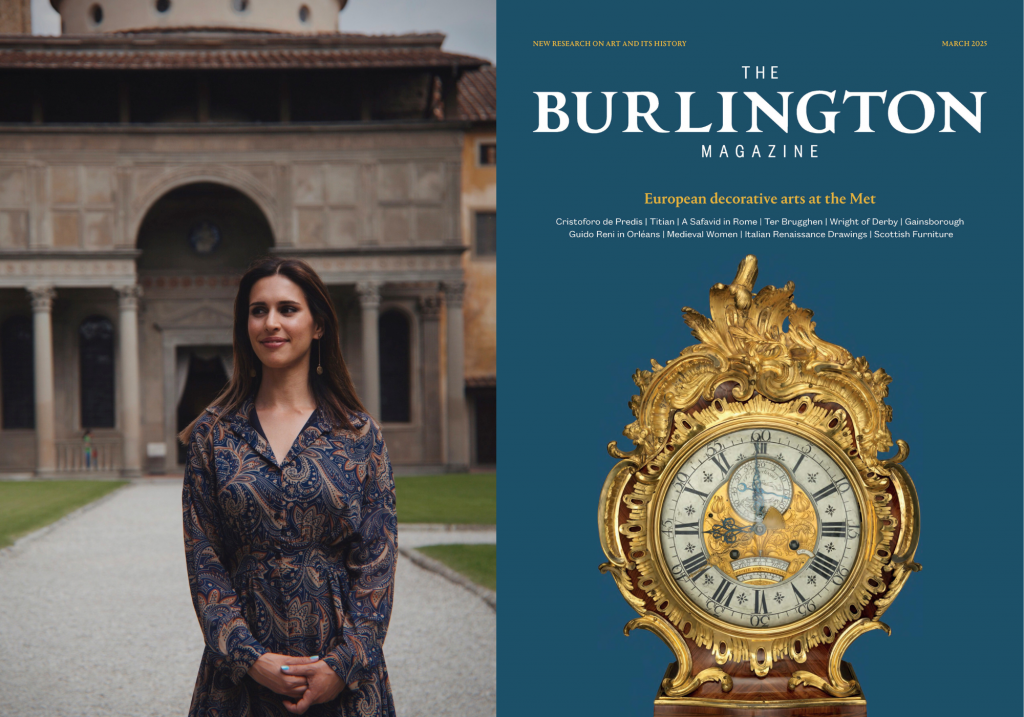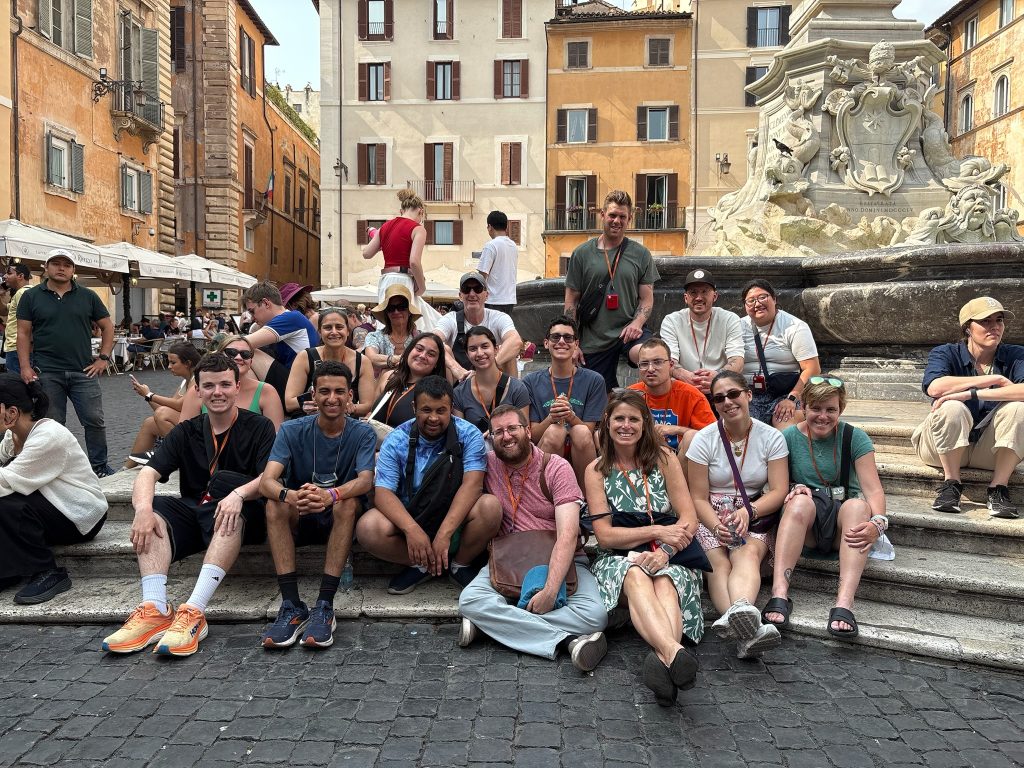
This summer, Syracuse University marked a historic milestone with its first-ever inclusive study abroad program, bringing together students with and without intellectual disabilities for a transformative two-week journey through Italy. Anchored at the Syracuse University Florence Center, the course titled Inclusive Schools and Societies: Lessons from the Italian Context offered a unique blend of academic exploration, cultural immersion, and inclusive living.
A Vision Years in the Making
The program was led by Dr. Christine Ashby and Dr. Beth Myers, faculty members from the School of Education’s Center on Disability and Inclusion (CDI). Their vision for an inclusive study abroad experience had been in development for years, building on the foundation of previous iterations of the course. This year, in partnership with Syracuse Abroad and the Florence Center, that vision became a reality.
CDI’s mission to make higher education fully inclusive found a new expression in this program, extending the college experience beyond the classroom and across borders.
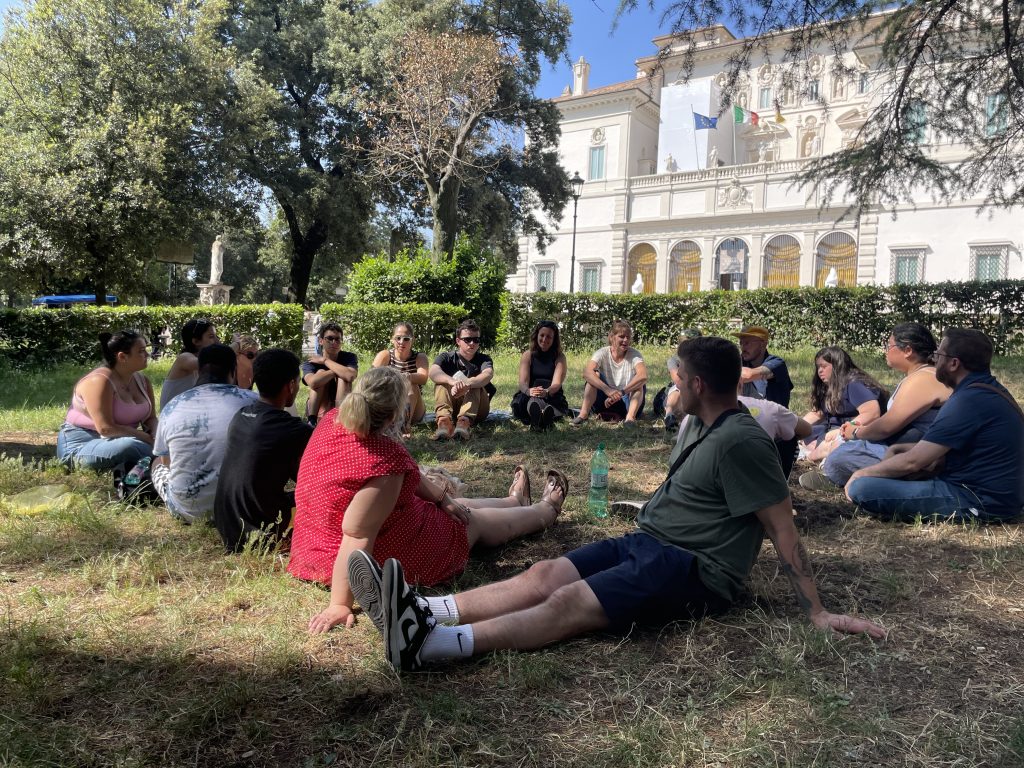
Who Took Part?
The group included 14 students—a mix of current and former InclusiveU students and School of Education undergraduates—along with two faculty members and two InclusiveU staff. Together, they formed a learning community that lived, dined, traveled, and studied side by side, modeling true inclusion in every aspect of the experience.
Learning Across Italy
The course took students through Florence, Padua, Venice, and Rome, where they visited museums, historical landmarks, schools, and universities. These visits provided rich opportunities to explore how Italy’s long-standing commitment to inclusive education is reflected in its institutions and communities.
Highlights included:
- School and university visits that showcased inclusive practices in action.
- Museum tours that brought history and culture to life.
- Group outings filled with laughter, learning, and lots of gelato.
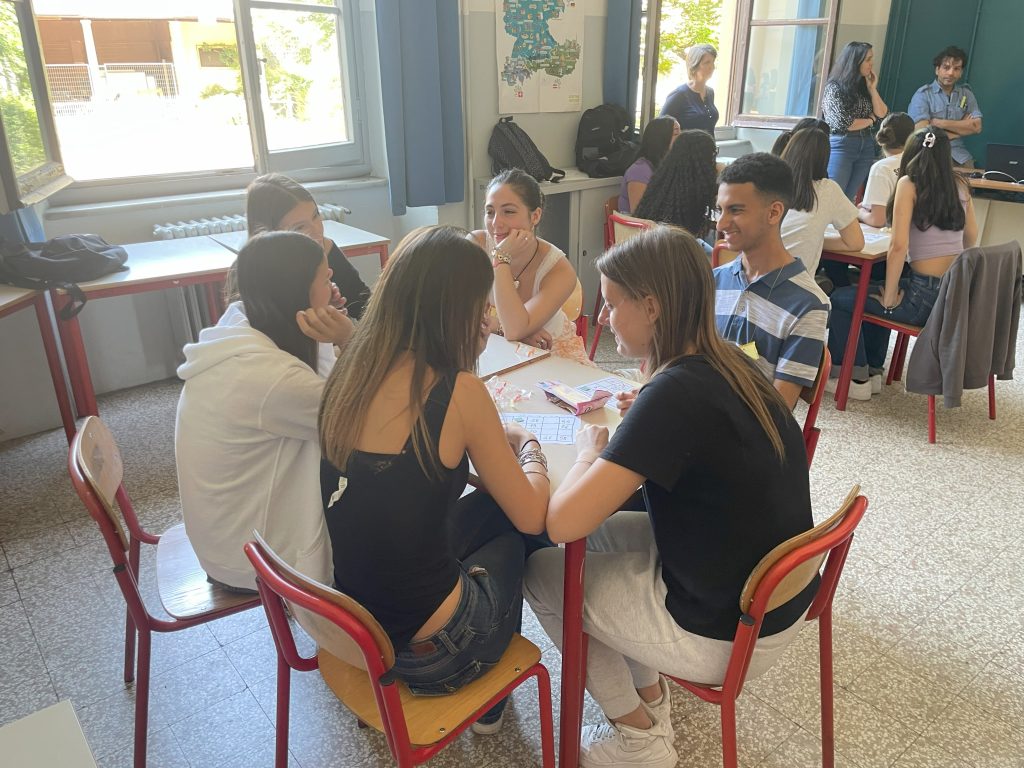
What Made This Program Unique?
This was the first time Syracuse University offered a study abroad experience that was fully inclusive of students with intellectual and developmental disabilities. As a model in the U.S. for inclusive postsecondary education, InclusiveU continues to break new ground—and this program is a powerful example of what’s possible when inclusion is prioritized.
A Lasting Impact
Beyond the academic insights, the program left a deep personal impact on participants. Students engaged in meaningful discussions about the similarities and differences between U.S. and Italian approaches to inclusion. More importantly, they experienced what it means to live and learn in a truly inclusive environment.
As one faculty member put it, “This kind of immersive learning changes how students view inclusion—and how they view the world.”
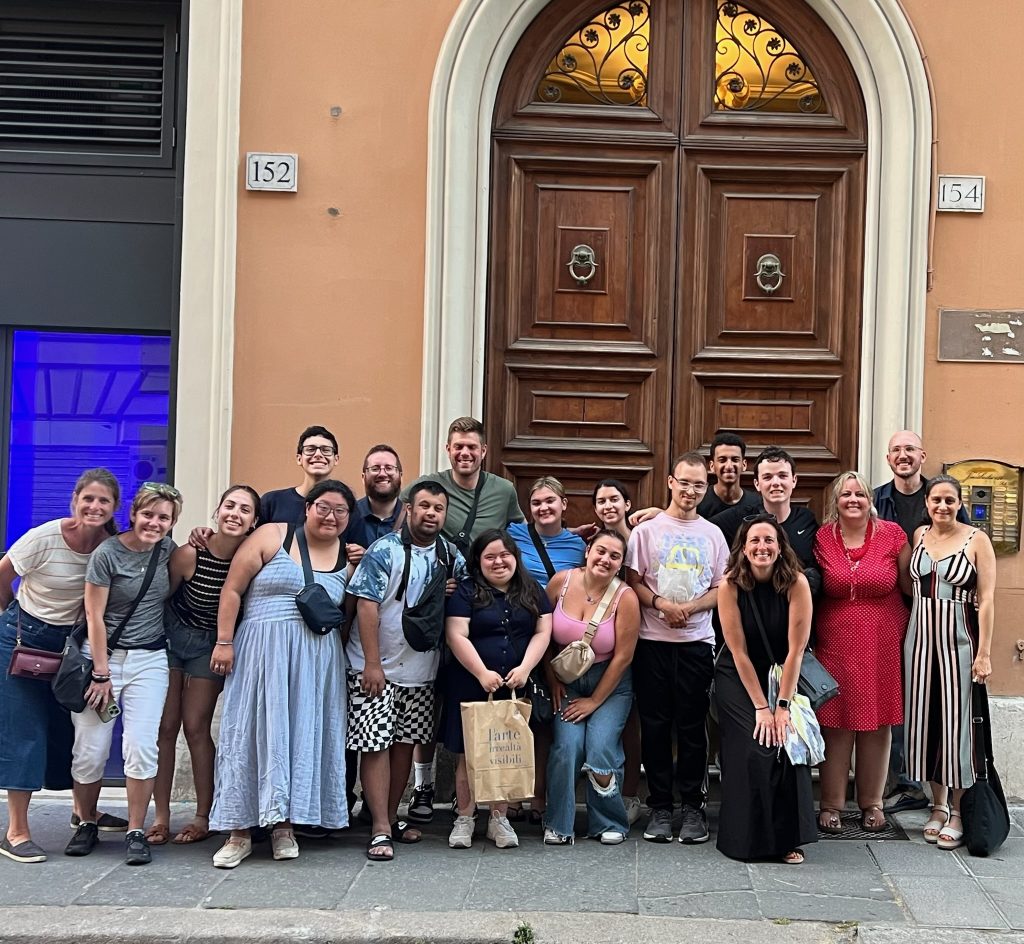
Looking Ahead
This pilot program is just the beginning. The hope is that it will pave the way for more inclusive study abroad opportunities at Syracuse University and beyond. By expanding access to global learning, the university continues to lead the way in creating a more inclusive future for all students.

